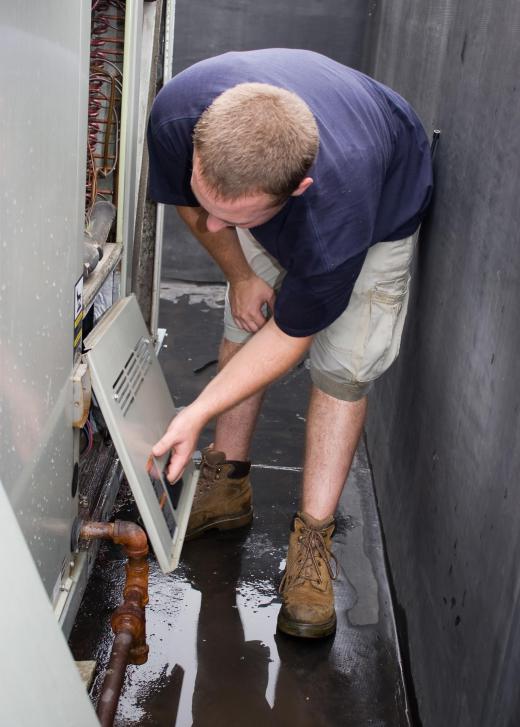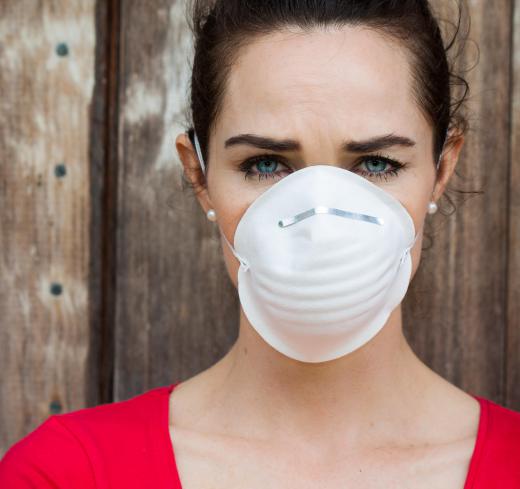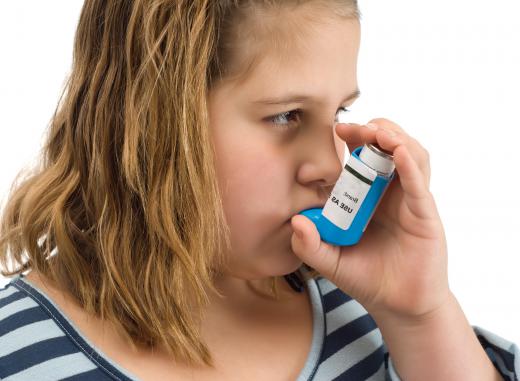An HVAC filter is a filter that is used in a heating, ventilation and air conditioning system. The filter increases the efficiency and longevity of the HVAC system by protecting it from dust and airborne particles. It is therefore an integral, yet often overlooked part of the system. In addition to protecting the HVAC system from damage, some HVAC filters are designed to improve the quality of the interior air.
Whether providing air conditioning or heating, an HVAC system works by drawing air into it, heating or cooling the air and then forcing the air out into the areas requiring heating or cooling through a series of ducts. The interior air of a building is a mixture of human skin particles, microscopic insect droppings, pet dander, pollen, fabric particles, and any other of a wide variety of pollutants. As air circulates through the HVAC system, these interior pollutants are drawn through the system and can cause damage to an HVAC if the system were left unprotected.

HVAC filters work by providing a physical barrier between the air intake and the moving parts of the HVAC system. As air is drawn in, particulates are caught by the filter and prevented from entering while the air is allowed to pass through. Some HVAC systems have a filter at the air intake and also at the air exhaust, further preventing any pollutants from being blown back into the interior environment.

The most economical HVAC filters are made of spun fiberglass. Spun fiberglass filters are able to filter only larger sized particulates and should be changed at least once a month. Disposable pleated HVAC filters are more expensive than spun fiberglass filters but are also more effective at removing air particles because of the greater surface area created by the pleats. Pleated filters do not need to be replaced as often as spun fiberglass filters do.

Electrostatic filters are more effective at capturing small and large particulates than either disposable spun fiberglass or pleated filters. As air passes through, a static charge is created that attracts and holds both smaller and larger sized particulates. Electrostatic filters are typically reusable and need to be washed regularly to stay effective. They are also more expensive than disposable filters.

A HEPA (High Efficiency Particulate Arrestance) filter captures a minimum of 99.7% of all airborne particles and removes almost all allergens that can enter an HVAC system. HEPA filters are often used by those who have asthma and severe allergy problems since these filters actually improves indoor air quality. HEPA filters are one of the most efficient and expensive filters on the market and are often reusable.
